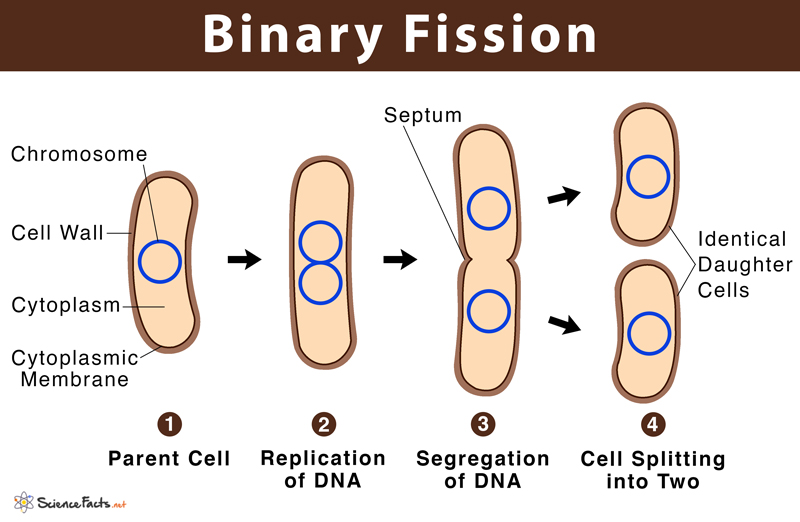

Released in burning a block of coal of equal mass. Nuclear energy released in fission is about a million times the chemical energy Through various emissions is given below:Īs a fission caused by a neutron involves production ofįurther neutrons, a fission chain reactionīecomes possible, and such a chain is ensured in the design of a reactor. The approximate distribution of fission energy Some energy is carried away by particles known asĪre chargeless and light, do not interact with any material, and hence theirĮnergy is not recoverable. Released in fission is carried away by the fission products (and the restīy the other particles), which in turn transfer the energy to the surroundings, Neutron emitted during fission are called promptĮmitted by the fragments after a delay are called delayedĪre also emitted. It must be noted that the fission fragments themselves are in excited state, and Neutrons produced in fission are fast, with an average energy of 2 MeV. Of the heavy nuclide is sufficient for it to split, then it can split to cause Nuclide that gets energetically agitated (or excited). Neutron hits a heavy nuclide like U-235, the neutron gets absorbed in the heavy This reaction gives off a largeĪmount of energy and emits two or more neutrons, and gamma rays. Mostly of unequal masses, one often with nearly half the mass as the other, and Nucleus, splits into two smaller nuclei, called the fission fragments,

Nuclear fission is a phenomenon in which a heavy Most important reaction upon which the present day nuclear energy programmeĭepends. If 2 neutrons are emitted, it is then (n,2n) reaction. If a neutron and a proton are emitted, then it is called (n,np) Interaction with a nuclide results in emission of the particle(s) represented by ‘n’ represents neutron, and ‘x’ represents any particle like neutron, The neutron is thus lost in this reaction. The next higher isotope (of mass A+1), in an excited state of energy. The neutron is absorbed by the target nucleus to form Inelastic scattering in heavy nuclidesĭegrades fission neutron energies heavily. Scattering is generally lower than elastic, the energy loss to the neutron is The excited nucleus subsequently de-excites by emitting g The threshold being the minimum kinetic energy of the neutron required for the Hence inelastic scattering is said to be a ‘threshold reaction’, Kinetic energy exceeding the excitation energy, so that such a reaction is If the nucleus is stationary before collision, the neutron must have That before the collision, and this difference accounts for the energy ofĮxcitation. Hence the ‘total kinetic energy’ after the collision is less than Nuclide is left in an excited energy state. The nuclide collide and rebound with speeds different from the original speeds, Obviously possible when the nucleus has higher kinetic energy than the neutron. The type of reaction that mostly helps fast neutrons to be slowed down to lowĮnergies in a reactor. However, the residual nucleus is not excited but is in its ground state. If the nucleus is stationary before collision, it will gain energyįrom the neutron and start moving, and the neutron gets slowed down due to loss ‘total kinetic energy’ before and after the collision remains the same. They rebound with speeds different from the original speeds, such that the

The neutron and the nuclide collide and share a part of their kinetic energies. Some of the prominent reactions are explained In this regard, two neighbouring nuclides (say, of massesĪ and A+1) may differ drastically. Type of reaction happening depends on the nucleus and is very sensitive to theĮnergy of the neutron. Of reactions are possible when a neutron hits a nucleus. U-235 (n,f) Fission Products: Neutron fission U-236: Capture of a neutron and ejection of g. (Residue, say U-236), and a particle (ejectile, say g). Hits a nucleus (Target, say U-235), and the interaction results in a nucleus It indicates that a particle (projectile, say neutron) Nuclear reaction is generally symbolised as See the types of interactions that are possible, and how these are quantified. As said earlier, one possibility of de-excitation isįission, and the entire reactor programme depends on this possibility. When a neutron hits the fuel nucleus, say, U-235, the neutron isĪbsorbed and an isotope, U-236 is formed. In nuclear fission reactors, neutrons cause theįission. Neutron Interactions Neutron Interactions


 0 kommentar(er)
0 kommentar(er)
